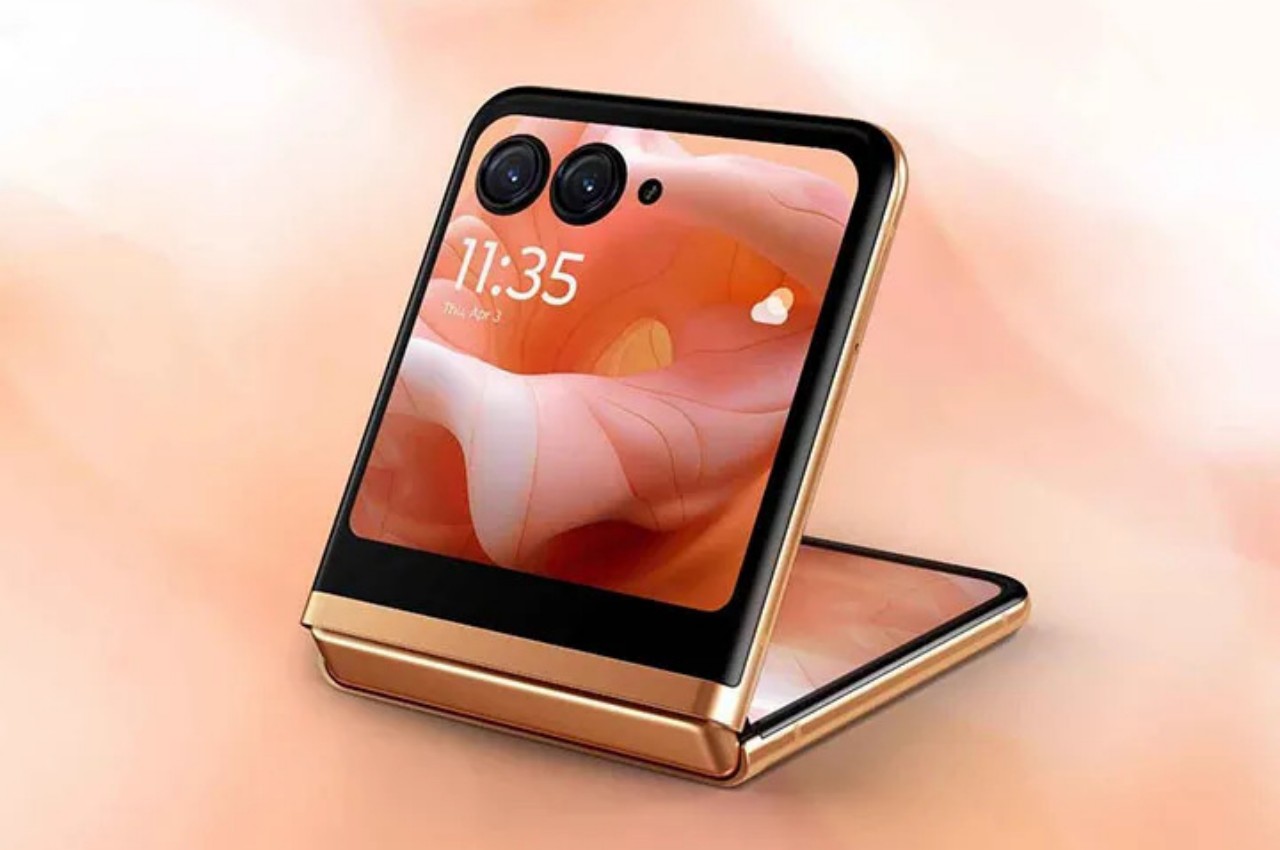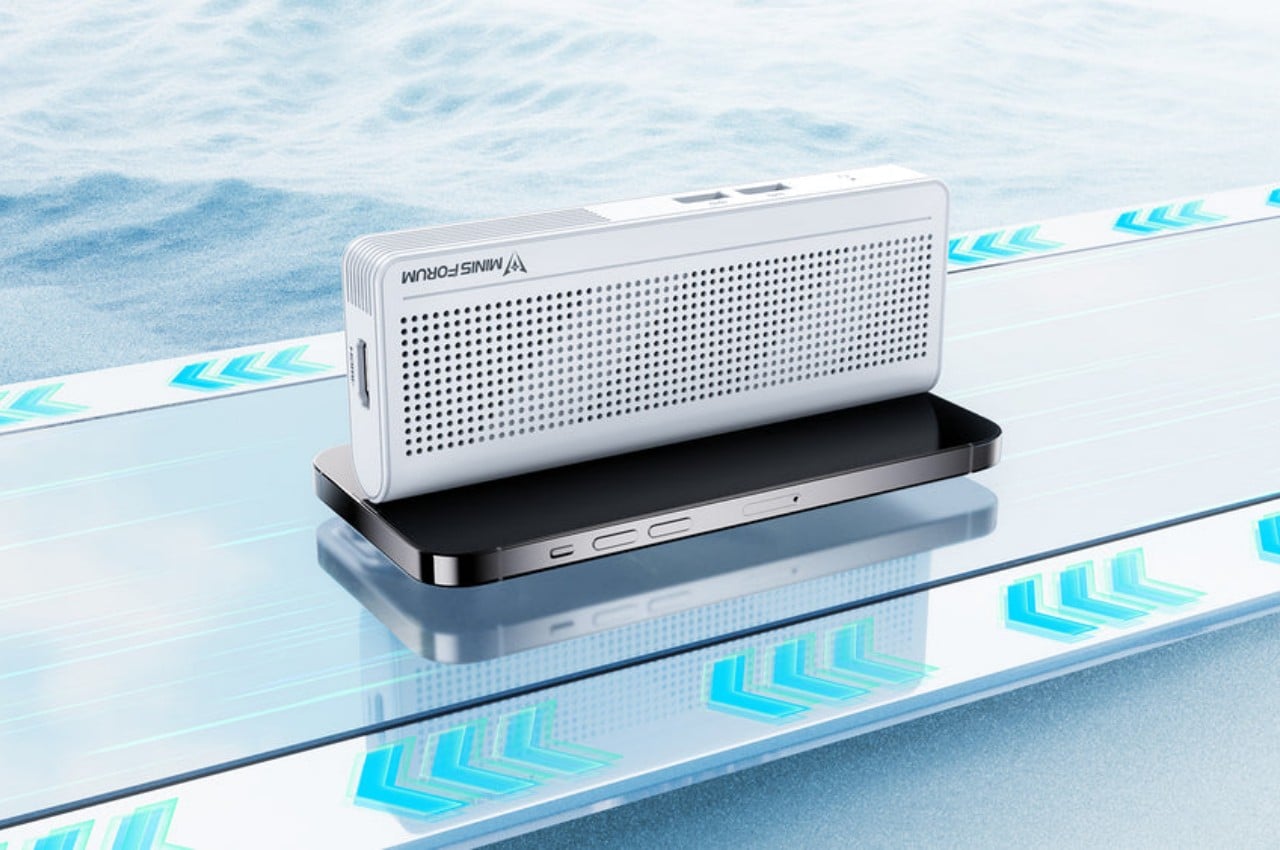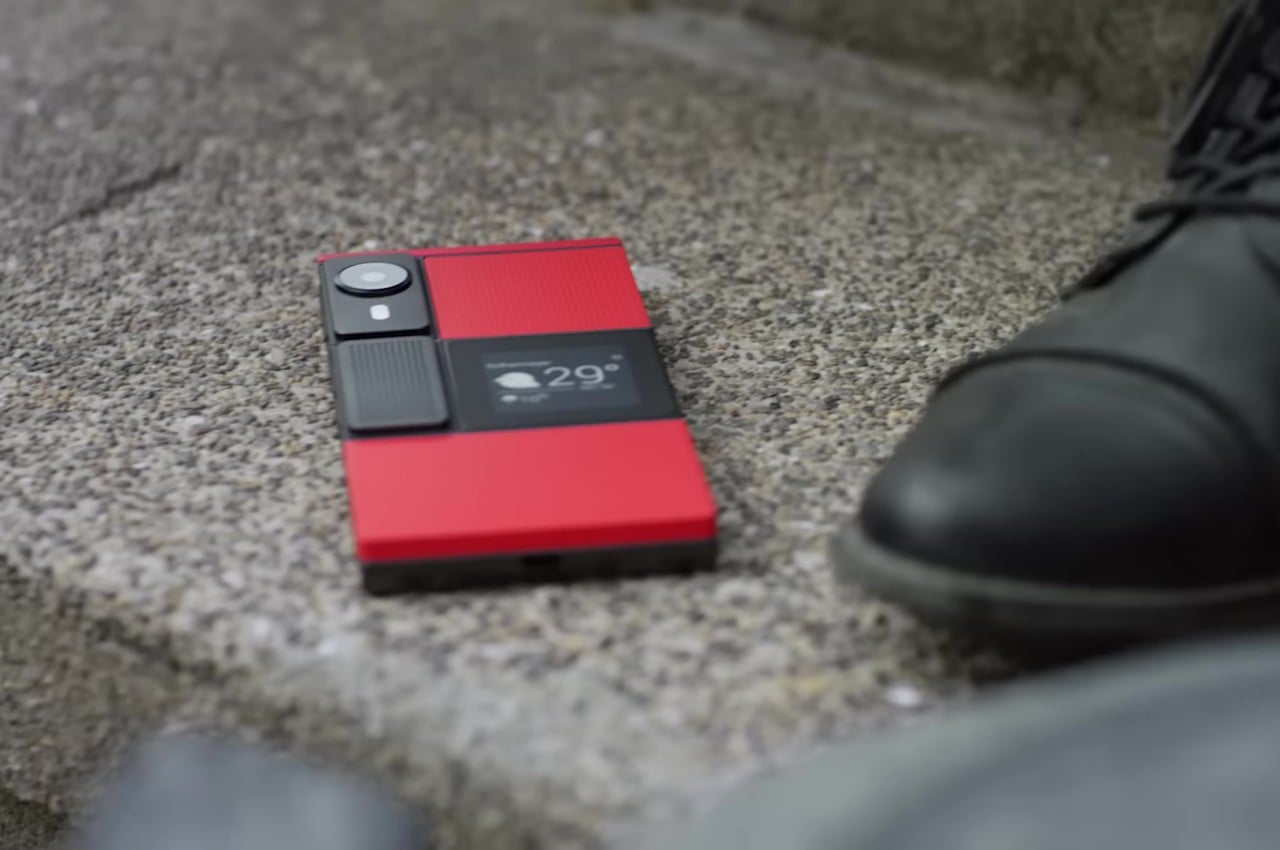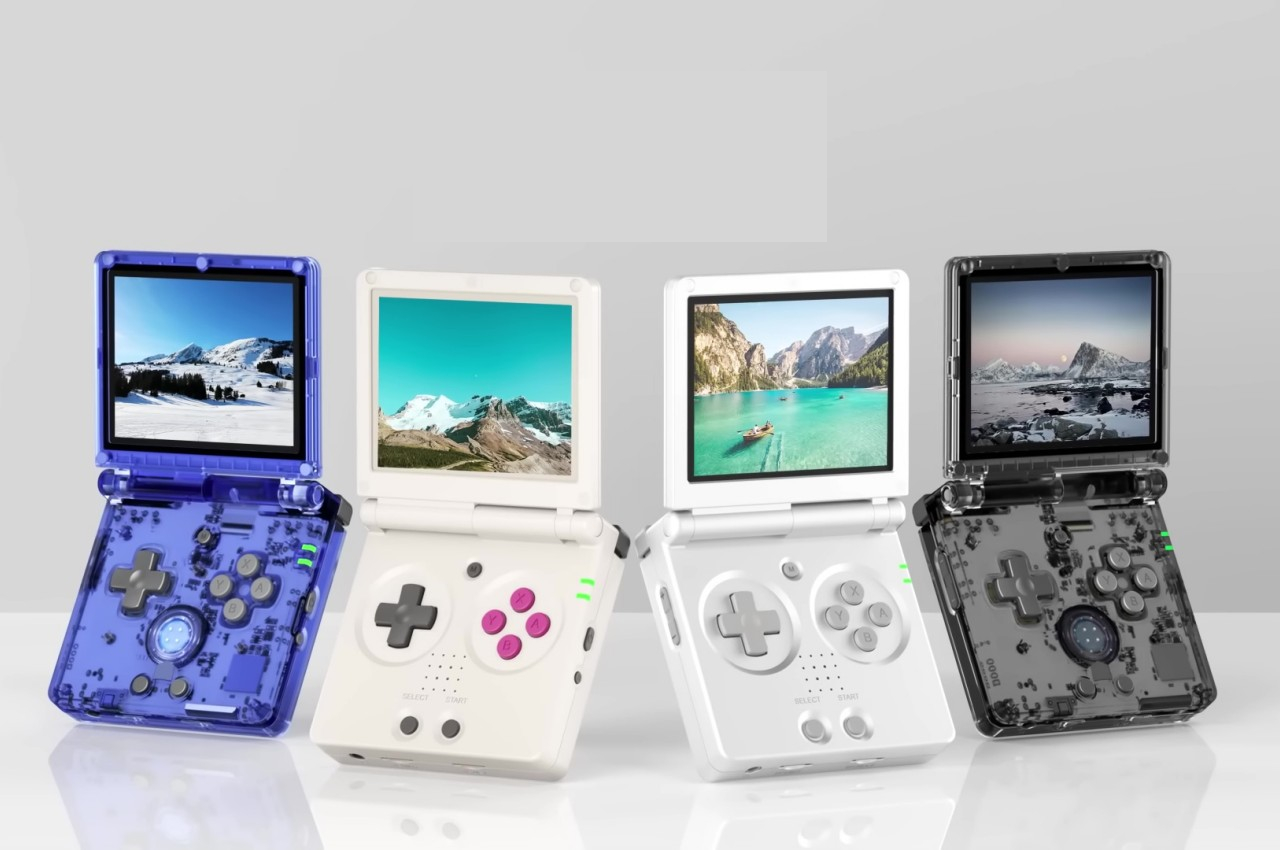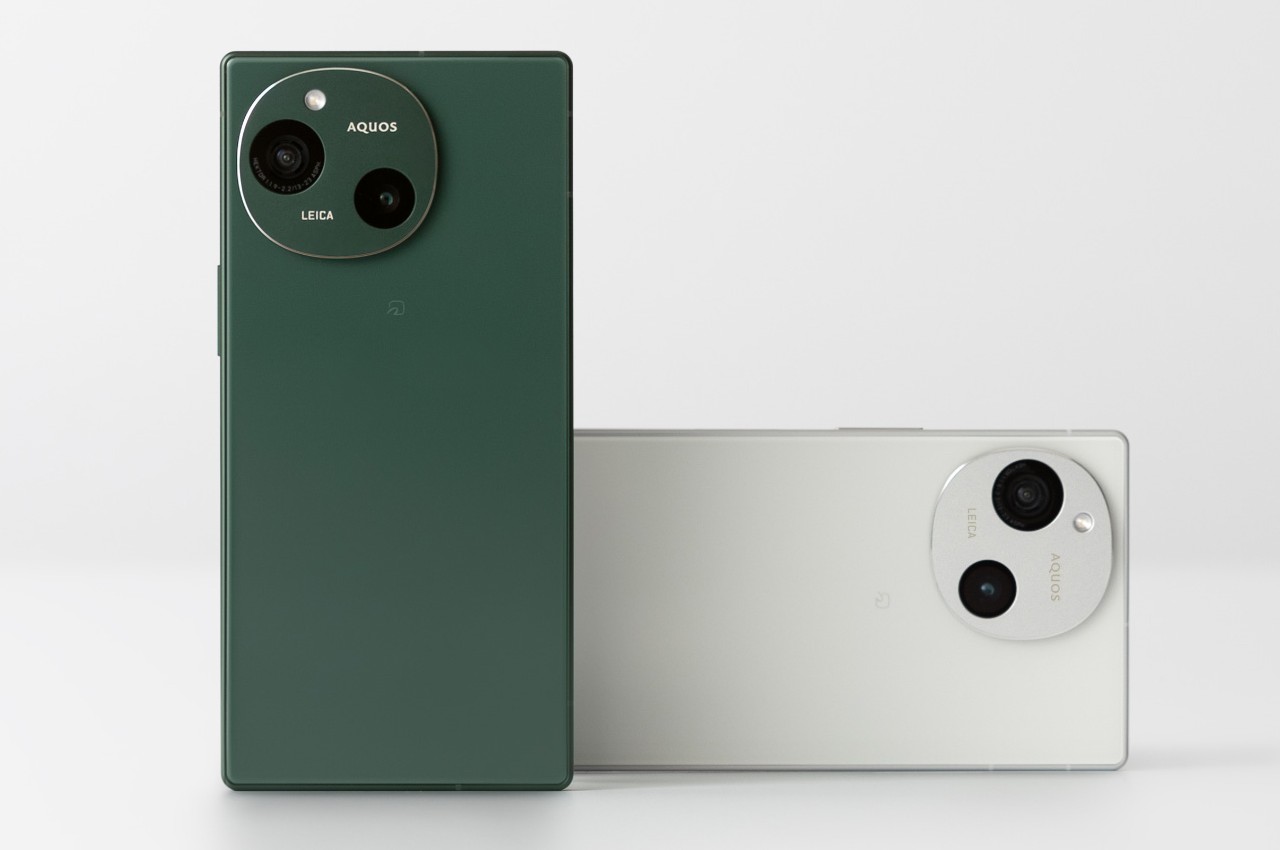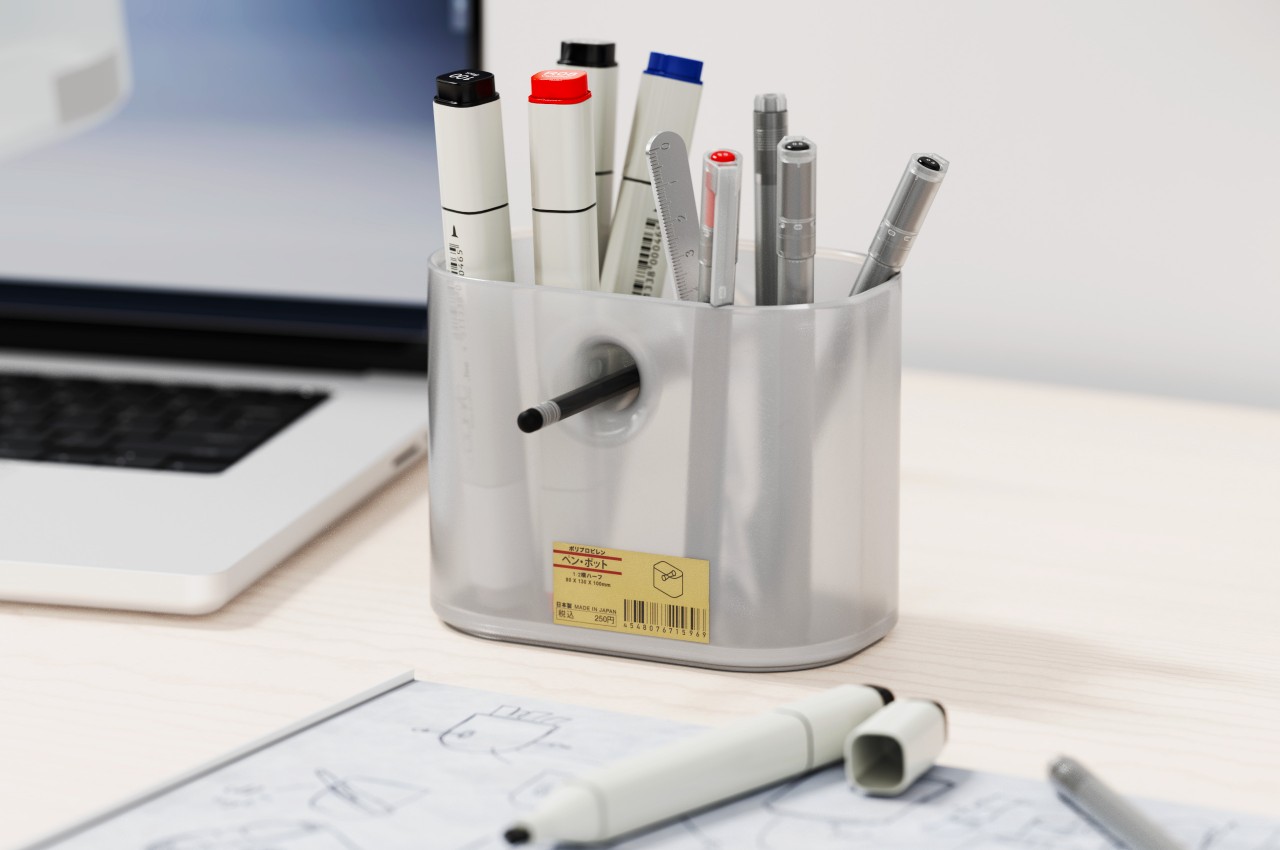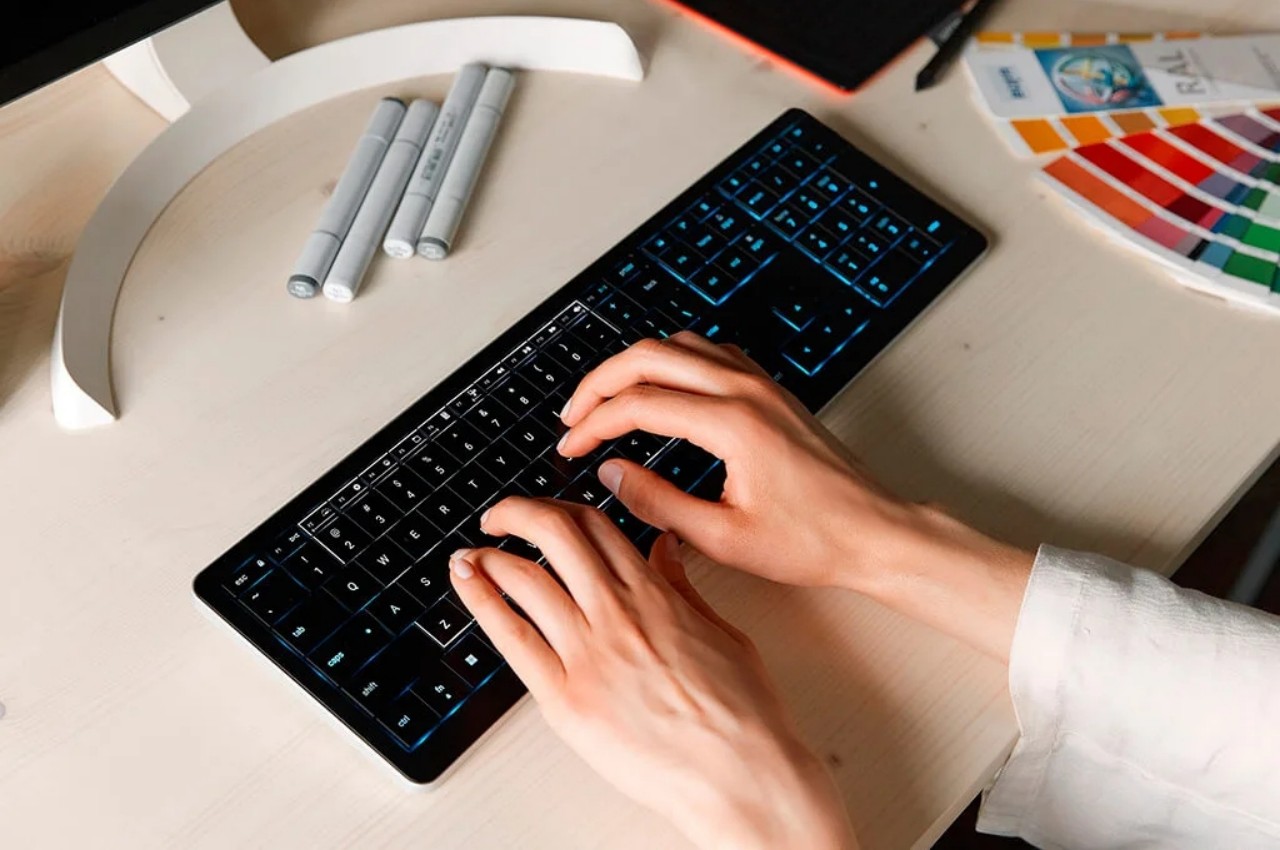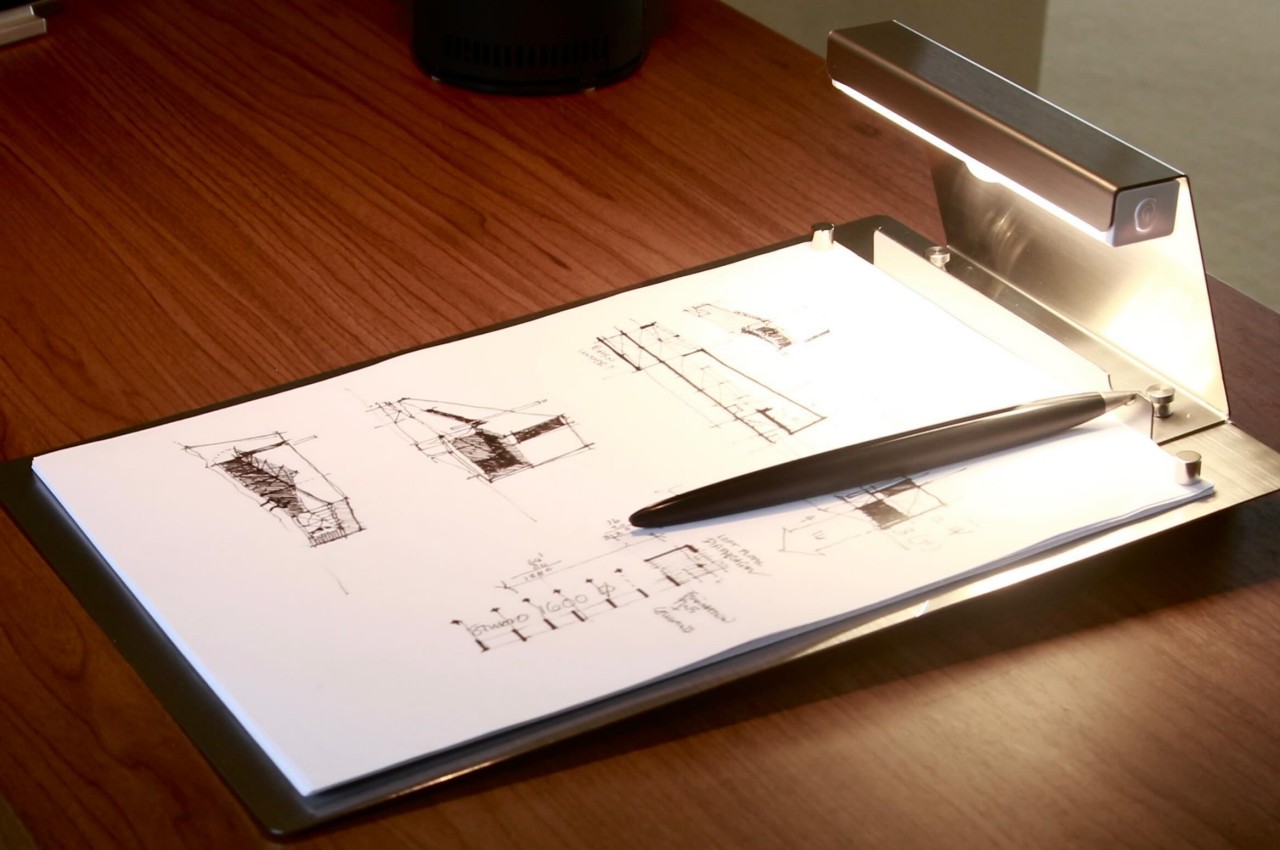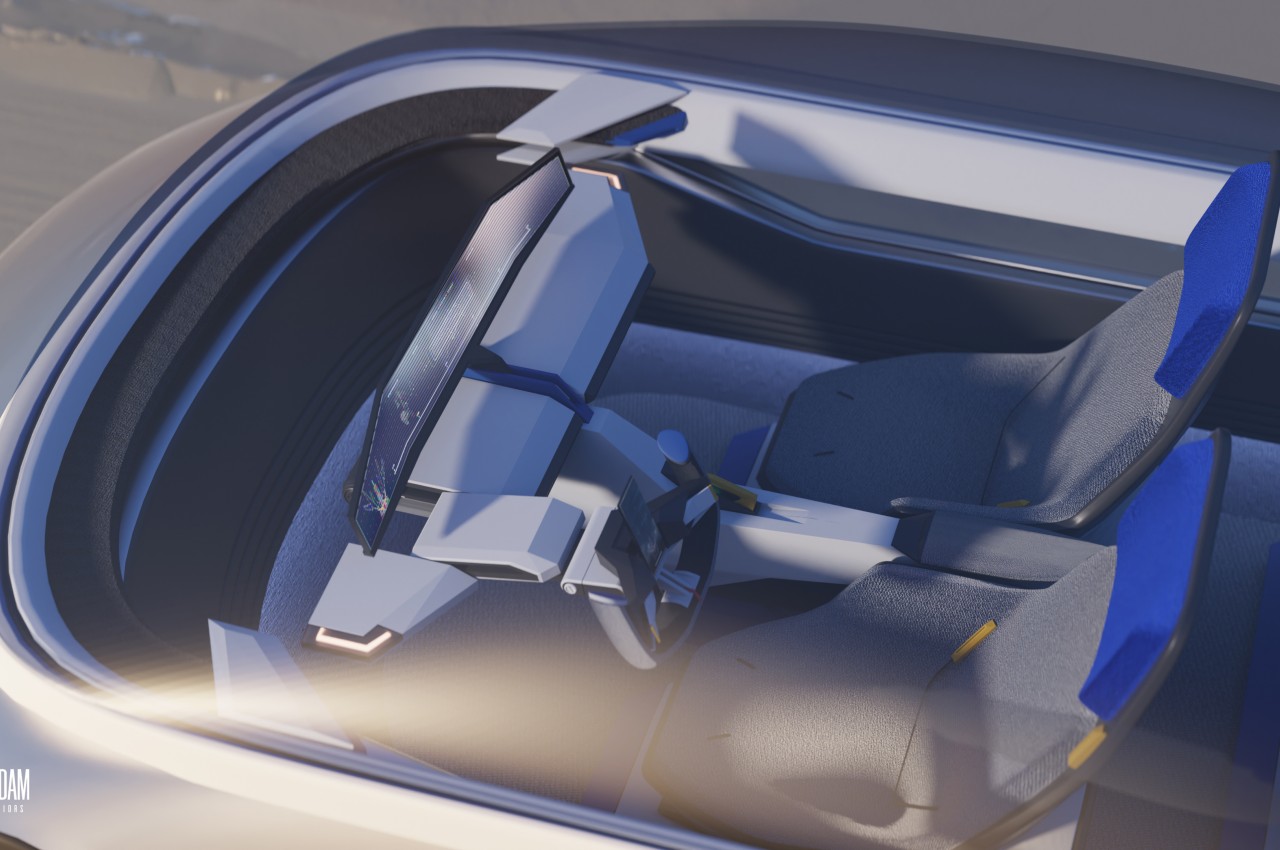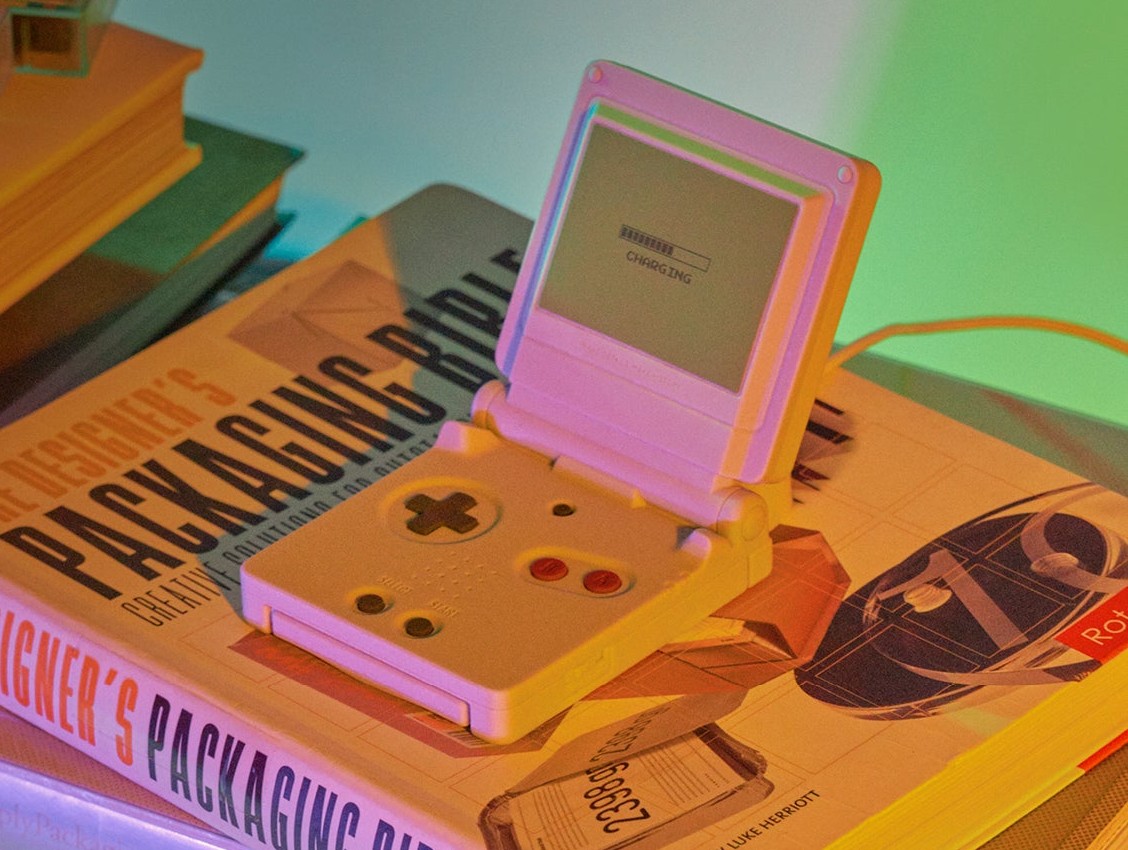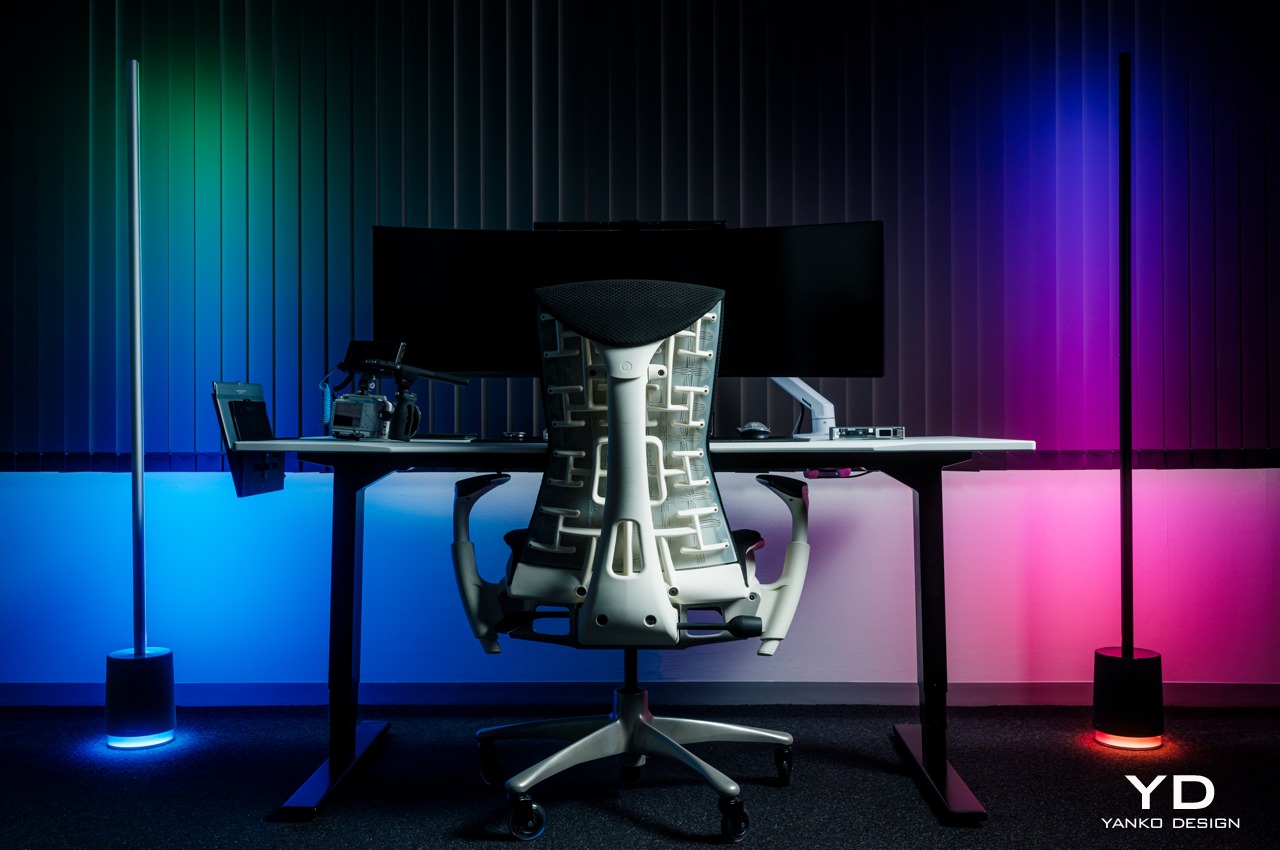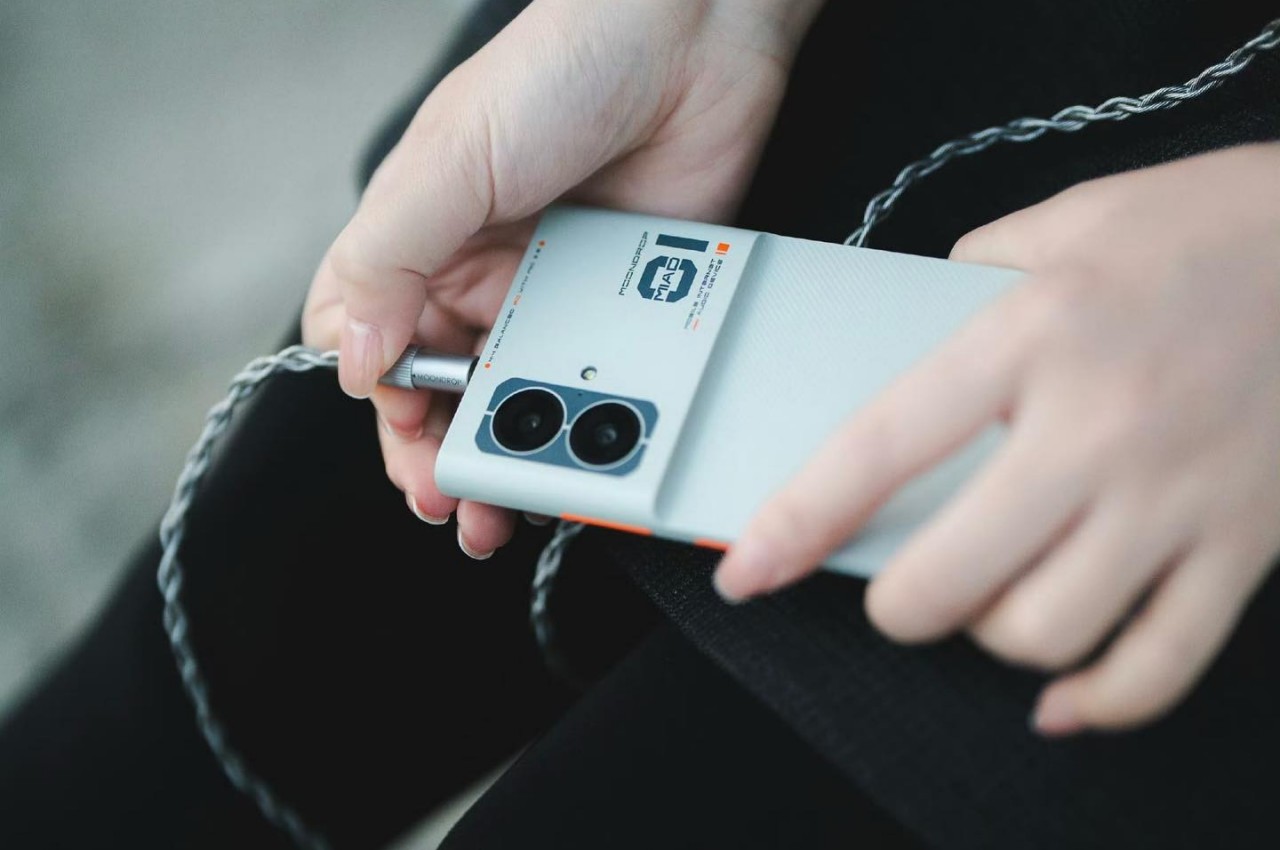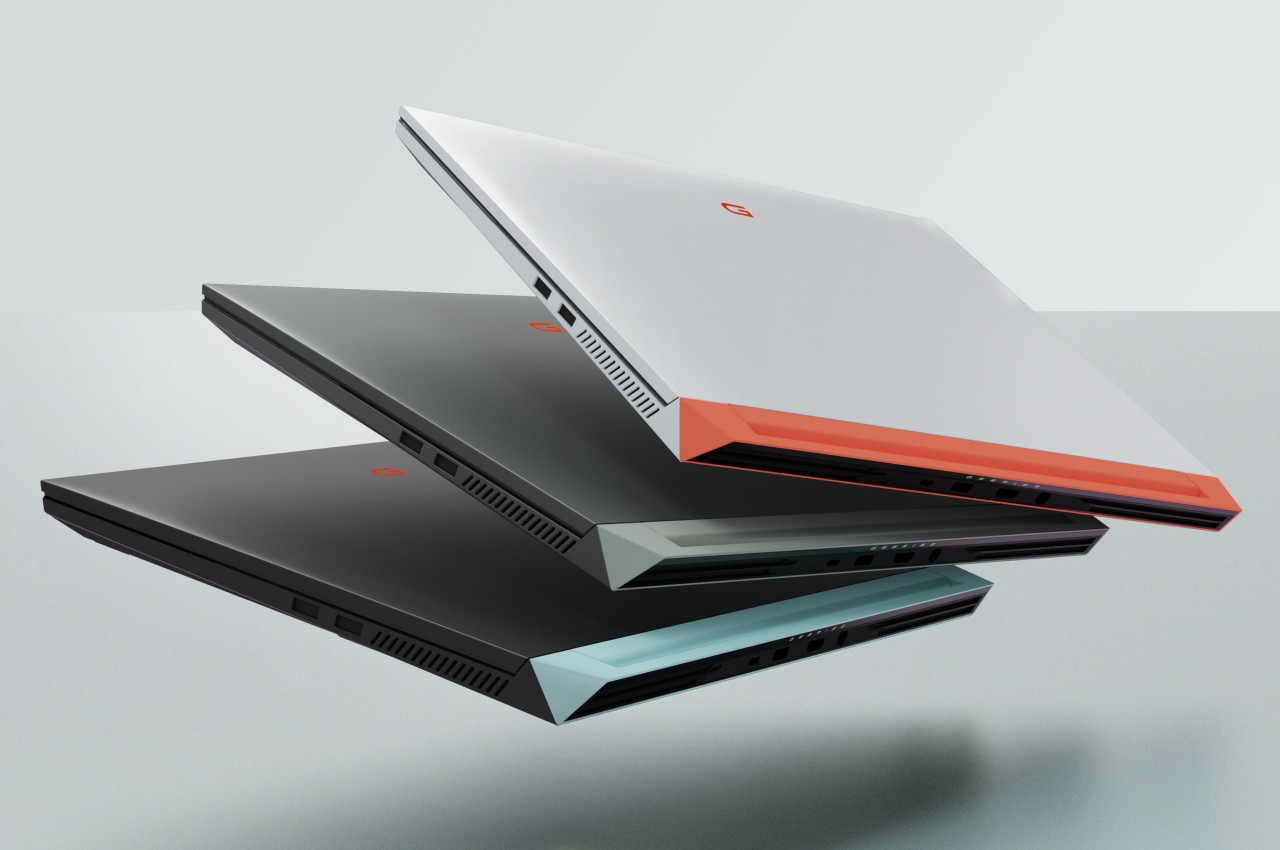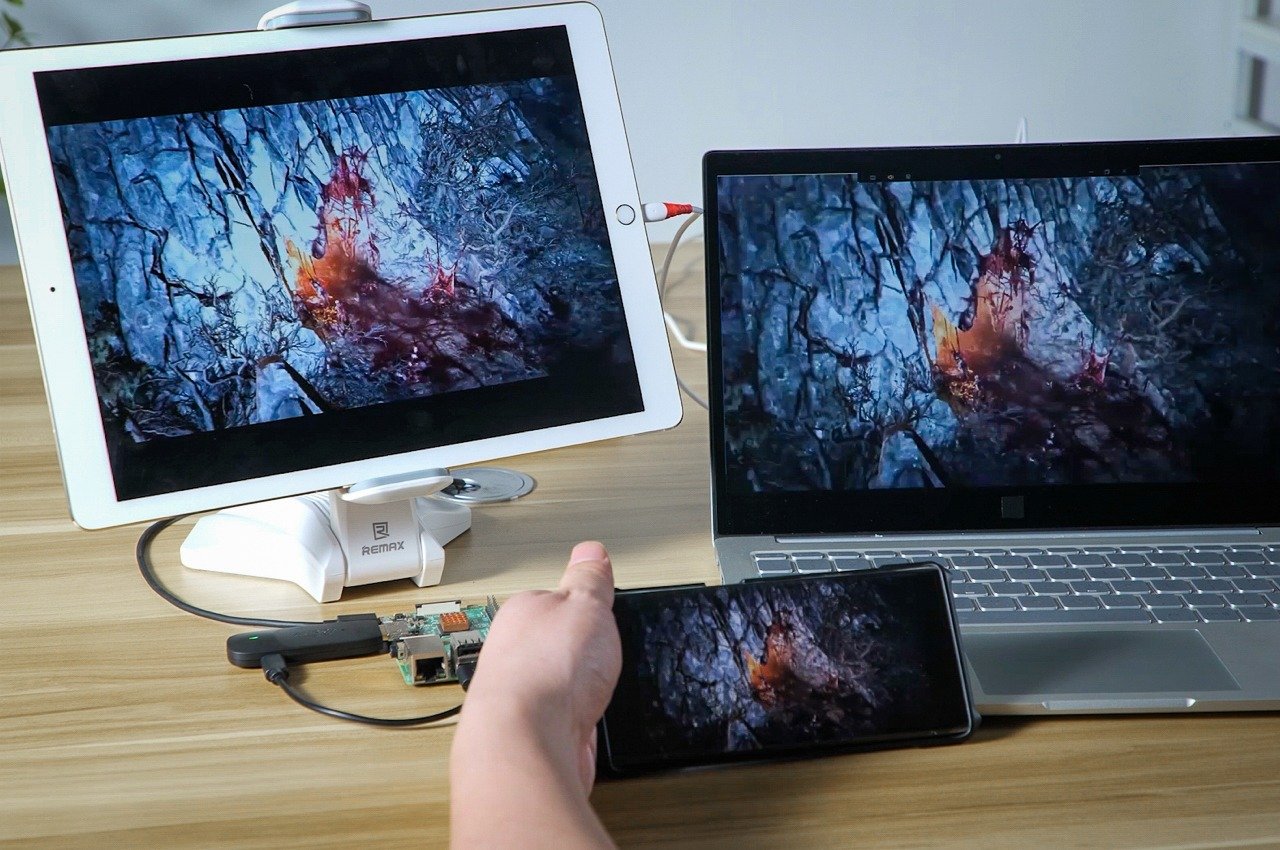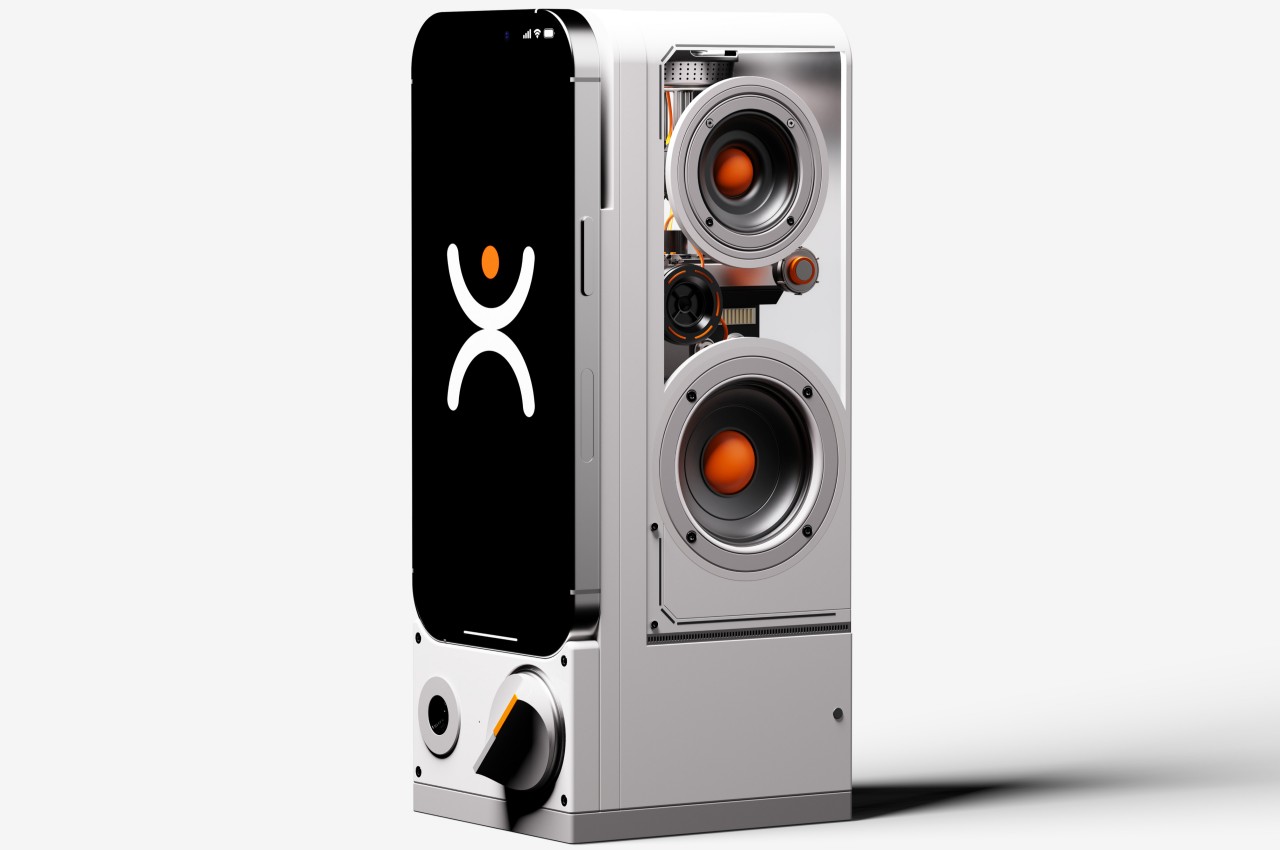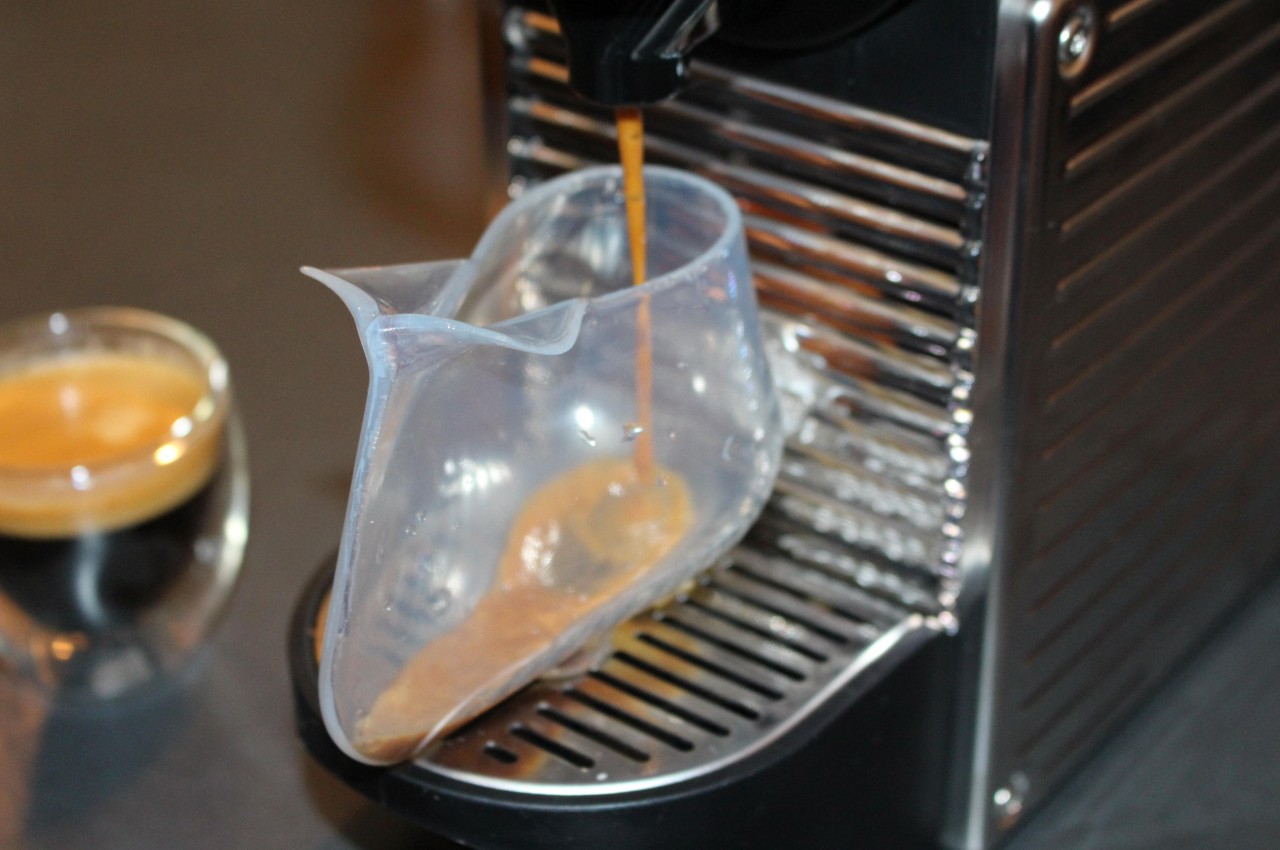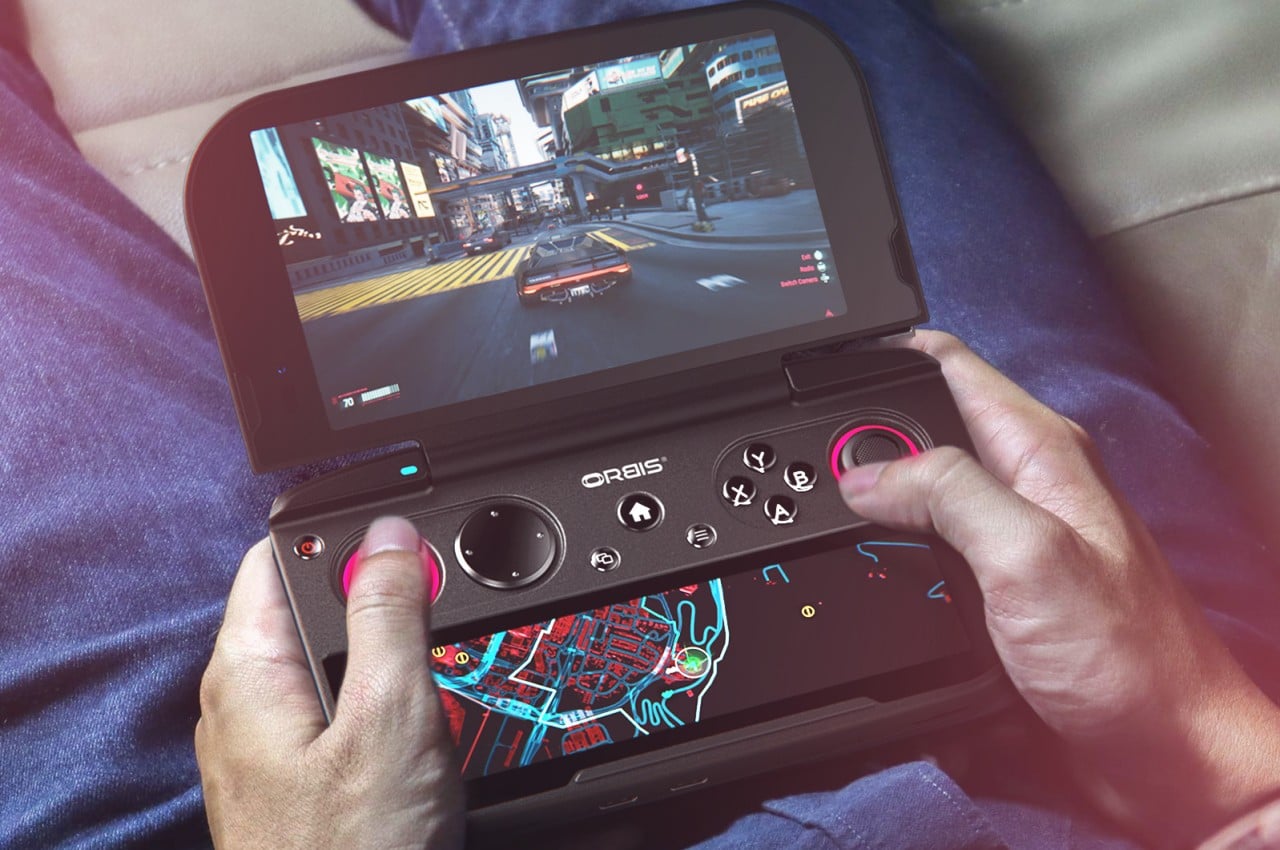PROS:
- Handsome minimalist design with a fabric-covered base
- Built-in speaker in the RGB-lit base
- Bright and colorful lights that can sync to music
- Includes a magnetic remote control
CONS:
- Speaker output quality is average
- Matter support still unavailable
RATINGS:
SUSTAINABILITY / REPAIRABILITY
EDITOR'S QUOTE:
The Govee Floor Lamp Pro delivers a breathtaking audiovisual experience that syncs to the music while also standing proudly as a design object when the lights are off.
Most of us probably presume that lamps either hang from ceilings, stick to walls, or stand on tables. While elevated lighting is indeed necessary to provide illumination in the darkness, every inch of your room or house definitely deserves a bit of light, especially when it adds a splash of color as well. As far as ambient lighting products go, the tall, stick-like figures known as RGB floor lamps are probably the least known or appreciated. Govee might very well be changing that perception with its new Floor Lamp Pro which not only brings pro-level features deserving of its name but also looks quite sleek and elegant standing anywhere in the room, even when all its lights are turned off.
Designer: Govee
Click Here to Buy Now: $219.99.
Aesthetics


Govee has dozens of designs for different kinds of lighting solutions, but if there’s one trait they share it’s that they shine best when the lights are on, figuratively and literally. When they’re off, they tend to look unimpressive, at least for those that aren’t hidden behind TVs or stuck to wall corners. Floor lamps, however, are always visible and are, therefore, designed to be seen. Fortunately, the Govee Floor Lamp Pro is something that you’ll love seeing even if there’s no light show taking place.
Available in black and gray color options, the Govee Floor Lamp Pro’s dark silhouette cuts a rather striking figure whether it’s standing in a corner or placed somewhere in the middle of the room. The floor lamp’s shape is pretty simple: a tall, thin rod standing on top of a cylindrical base. On closer inspection, you will realize that the rod is made of sturdy aluminum that slightly wraps around a white silicone LED light strip. You’ll hardly see this color contrast unless you intentionally turn the light strip into view, which is actually easy to do since you can rotate the rod 360 degrees.

The can-shaped base is covered with a fabric-like material reminiscent of those found wrapped around smart speakers. That association isn’t by accident as the Floor Lamp Pro, unlike Govee’s other lights, actually comes with a built-in Bluetooth speaker. This makes the product an all-in-one light and sound system, one of the extremely few floor lamps with such a feature. The bottom of the base itself isn’t covered by this soft material as it exposes the base’s own RGB lights, yet another defining feature of this new Govee Floor Lamp Pro.
Although you can expect the Govee Floor Lamp Pro to be a dazzling sight once the psychedelic lights start to dance, what sets this design apart is how it still catches your eyes once the show is over. Unless you’re familiar with these kinds of RGB floor lamps, you might actually mistake it as some modern design object meant to add some minimalist elegance to your room. This pretty much means that the Floor Lamp Pro provides value all the time, even when you’re not actively using its bright lights.
Ergonomics

Just like any Govee product, setting up the Floor Lamp Pro is practically a breeze. Given the rod’s 67-inch height, you shouldn’t be surprised that it comes in four pieces that you can quickly join and screw together in a snap. You slip in the silicone light strip and install the rod into the base, easily connecting the wires to finally finish the process. It can be done in around 10 minutes, depending on how well-versed you are at assembling things.

You won’t be handling the Govee Floor Lamp Pro most of the time, at least not directly, which is probably for the best. After all, it’s meant to stand in a corner of the room and stay there until the next time you redecorate. And even when you do need to control it, you won’t be able to do it on the lamp itself anyway because it lacks any form of physical control. Instead, you will be operating the lamp remotely, mostly through your smartphone.

Surprisingly, Govee ships a Bluetooth-enabled remote control with the Floor Lamp Pro, which gives you quick and instant access to some of the most basic and important functions. Instead of fiddling with the app to turn down the volume, you can simply press down the button on the remote to save you the trouble and the stress. And to make sure you don’t lose that small remote, you can magnetically stick it to the lamp’s metal rod until you next need its services.
The Govee Floor Lamp Pro isn’t exactly lightweight at 7.3lbs (3.3kg), but that’s fine since you’re unlikely to move it around anyway. One trick that it does have is that you can turn the rod around, making it trivial to customize the lighting experience from bouncing off walls to directly shining the light in your direction. All in all, this Govee product is just as easy to set up just like its siblings, though there is definitely some assembly required. Operating it is also straightforward, though the Govee Home app can admittedly be a bit daunting and overwhelming for first-time users, but that is mostly because of the plethora of features available for such a simple-looking product.
Performance

When you first turn on the Govee Floor Lamp Pro, you might actually be blinded by how bright the LED lights are. It is to be expected from a flagship Govee product, but this one definitely takes it up a notch with a 2,100 ANSI lumens brightness. Govee didn’t skimp on the LED beads either. The light strip, for example, has 162 RGB units and 162 white units, while the base has 30 RGB beads and 30 white beads.

What all these numbers mean in practice is that you have a bright and unbroken beam of light wherever the Floor Lamp Pro shines. You won’t see any distinct cuts or patterns on the projected light thanks to the high density of LED beads distributed along the length of the light strip. And thanks to Govee’s RGBICWW technology, your eyes are treated to the widest range of colors, turning every moment a psychedelic experience.

The Govee Floor Lamp Pro, however, doesn’t stop there. As mentioned earlier, this is one of the extremely few floor lamps to bear a speaker inside. And not just any speaker, mind you, but a Bluetooth speaker system with two full-range and one low-frequency speaker inside. What would normally be a captivating light show becomes an immersive multimedia experience that dances to the beat of your music or even your film. That speaker, though loud, won’t exactly blow your mind with its quality. It’s decent enough for small parties and enhancing the mood of a film or soundtrack, but it isn’t going to win any awards, especially against actual speakers from audio brands.

The Floor Lamp Pro has the ability to sync its lights to music like a magical light and sound show. It can use either the built-in mic to listen to the sounds around it or, better yet, the built-in Bluetooth speaker playing your own tunes streaming from your phone. With Govee DreamView, you can even sync other Govee lights so they all dance to the same beat, whether they’re in the same room or scattered throughout the house. This Music Mode is just one of the many features you can access from the Govee Home app, of course, and there are literally a dozen others you can pick out to set the right mood at the right time, from scheduled activation to scenes for different holidays. You can even enjoy 29 preset white noise sounds to calm you down and help you focus, though not everyone might like the available selection. Fortunately, you can always use your own relaxing notes thanks to the lamp’s speaker.

As a smart lamp, you have a variety of ways you can control the lamp, though what you’ve heard so far requires your fingers to tap your way through menus and options. You can also use your voice thanks to integration with Amazon Alexa and Google Assistant. Unfortunately, the Govee Floor Lamp Pro doesn’t yet support the new Matter standard that would open up compatibility with other smart home platforms and devices. That will eventually come, but there’s no timeline yet for its arrival.
Sustainability


The Govee Floor Lamp Pro is an exceptional smart lighting product, but it isn’t that too different from other brands when it comes to the materials it uses. There’s plenty of plastic to go around, especially with the silicone light strip. That said, the Floor Lamp Pro is a little unique in its use of slightly more sustainable materials like the aluminum rod and fabric-like cover for the base.
Any damage, however, would require sending the product back for repairs, which is thankfully a straightforward and painless process. It’d be impossible to repair the light strip on your own, at least not without extensive electronics experience, though you might get by with a few dents and knicks on the metal rod. Hopefully, as Govee’s business grows, so will its efforts in sustainability in order to secure a brighter future for its customers.
Value



Truth be told, a floor lamp is a harder sell compared to products like string or strip lights. The latter are more general-purpose and more flexible as they can be used in almost any situation or design. That said, they also don’t have a big effect when it comes to coloring an entire space, at least not without investing in longer strips. Not only is that not economical, it’s not very efficient either.


The Govee Floor Lamp Pro has the power to really change the atmosphere inside a space. Whether it’s bouncing off walls or shining directly, the bright and colorful lights can easily reach across the room. The magic, however, really happens when you start pairing those lights with sounds coming from the lamp’s own speaker. Best of all, it remains just as captivating as a decorative design when it’s not in use. For a floor lamp that costs $219.99, that’s quite a steal.
Verdict


Smart floor lamps are still a pretty niche market, and it might be difficult to justify one or two if you’re not a gamer or a die-hard room modder. Of course, these aren’t the only audiences that these lights serve, but most people probably can’t imagine what they’d want a vertical stick of light for. With the Floor Lamp Pro, however, Govee is pushing the envelope of what floor lamps are capable of and trying to break the mold with a smart lighting solution that can instantly change the ambiance of a room in a cost-efficient and space-saving manner.
The configurable and bright RGB lights are already impressive, but their ability to sync with the music playing from the lamp’s built-in speakers really takes the immersion up a notch. The wide variety of modes and features enables you to almost literally paint a different picture of your room every time, whether you’re having a lively party or trying to focus on work. The Govee Floor Lamp Pro’s value, however, doesn’t end when the lights go off and the music stops. With a sleek minimalist design and quality materials, it becomes a design object that adds a different kind of aesthetic, one that can speak loudly with fewer words and without the dazzling lights.
Click Here to Buy Now: $219.99.
The post Govee Floor Lamp Pro Review: Elevate Your Space with Lights and Sounds first appeared on Yanko Design.
![]()
![]()
![]()
![]()
![]()
![]()
![]()
![]()
![]()
![]()
![]()
